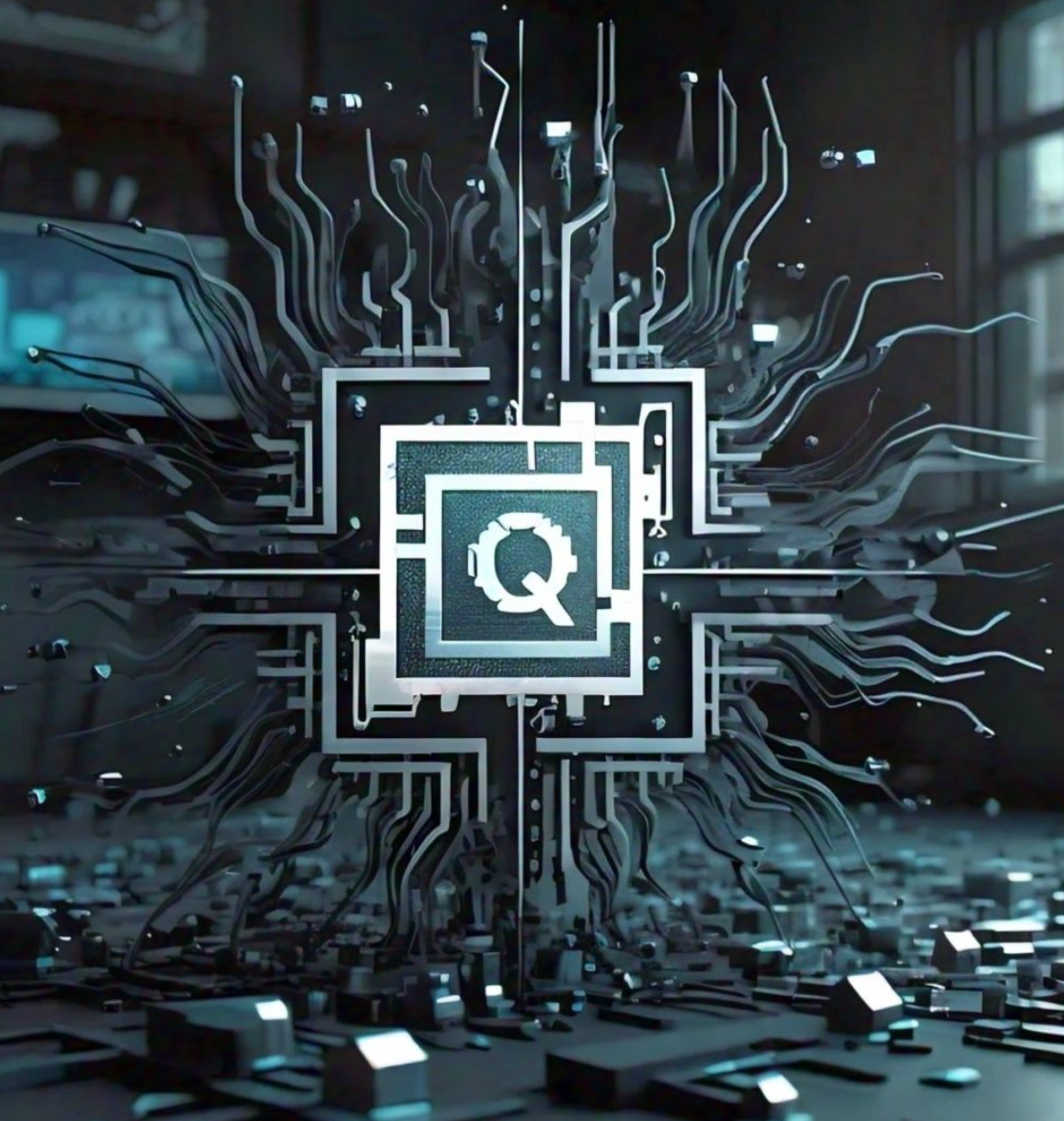230 reads
Cryptographic Ransomware Encryption Detection: Survey: Abstract and Introduction
by
June 15th, 2024
Audio Presented by

Protecting sensitive data, from finance to top secrets, forms the foundation of a safer digital world!
Story's Credibility

About Author
Protecting sensitive data, from finance to top secrets, forms the foundation of a safer digital world!
